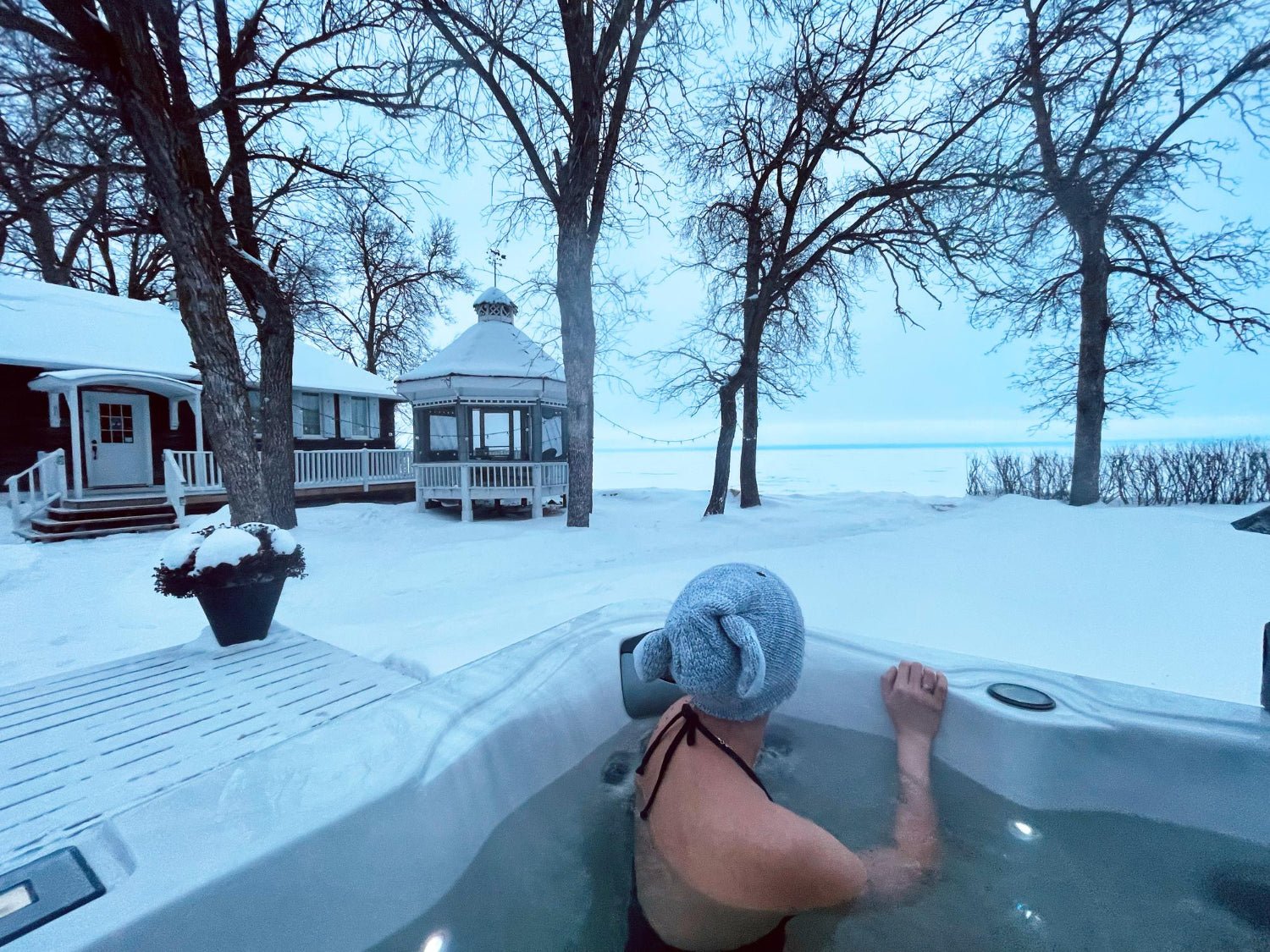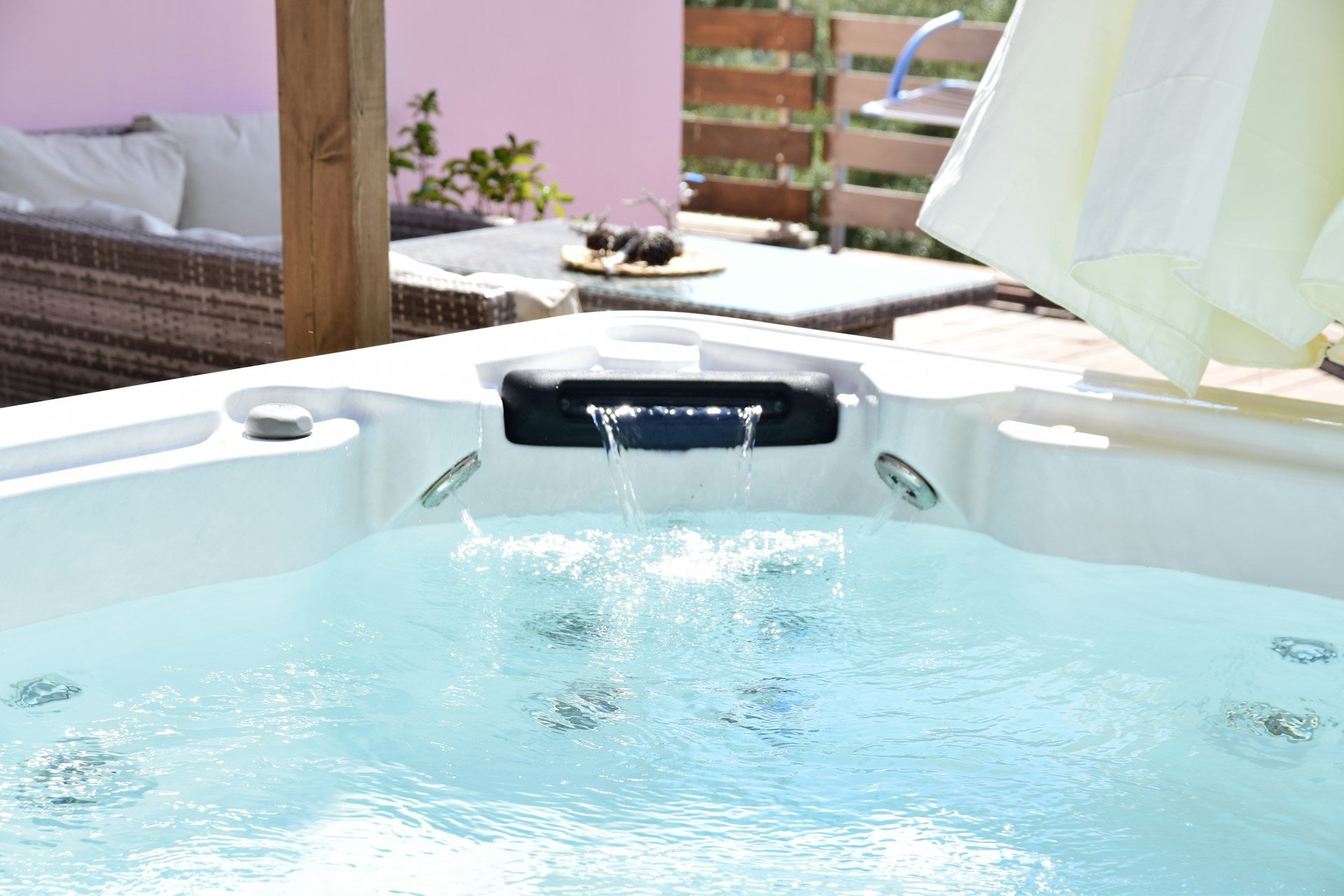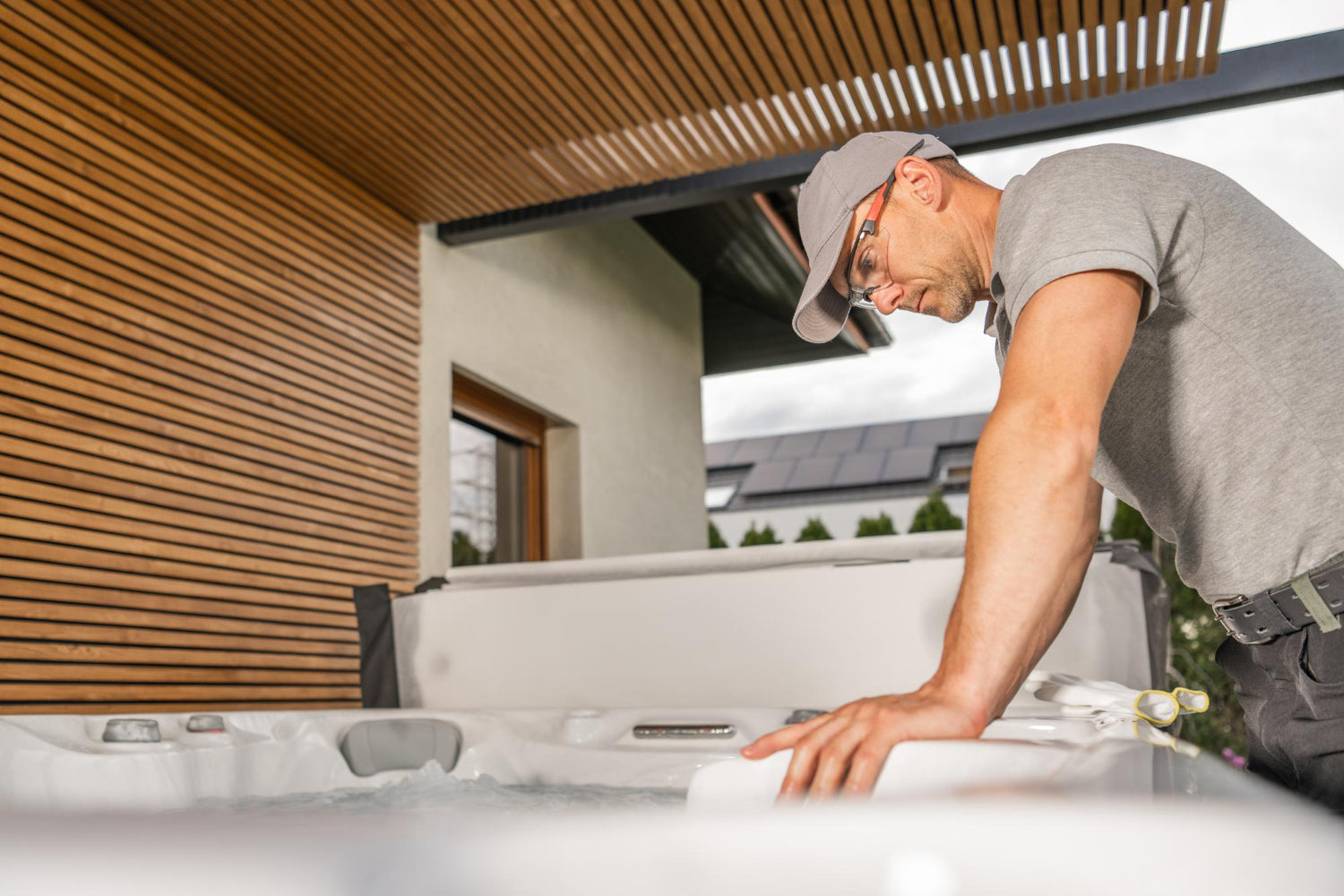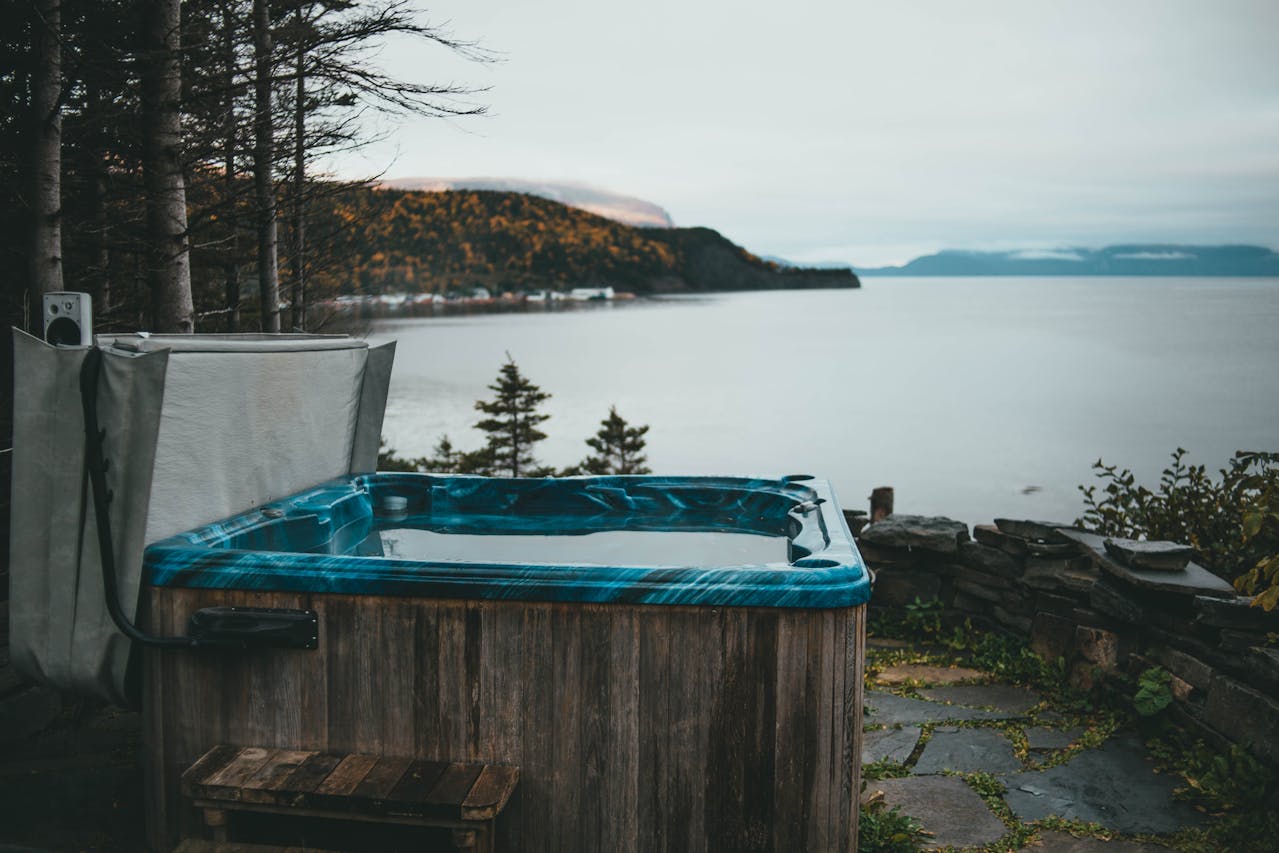Getting Your Hot Tub Ready for Winter

Winter is just around the corner, and it's the perfect time to start preparing your hot tub for the colder months. Proper winter preparation can keep your hot tub running smoothly and help you avoid costly repairs. Plus, there's nothing better than soaking in a hot tub on a chilly day.
Inspecting and Cleaning Your Hot Tub
Inspecting and cleaning your hot tub is the first step in preparing it for winter. A thorough inspection ensures that everything is in good working order and that no hidden problems could become more significant in cold weather.
First, check the hot tub’s overall condition. Look for any signs of wear and tear, such as cracks, leaks, or damage to the shell and cover. Make sure the jets are working correctly and that there are no blockages.
Next, clean the hot tub thoroughly. This includes draining the water, scrubbing the interior with a gentle cleaner, and rinsing it well. Clean the filters by removing them and rinsing away any debris or buildup. If your filters are old or damaged, replace them to ensure your hot tub runs efficiently.
Lastly, refill your hot tub with fresh water. Check the water level and add more if needed. This clean water will make it easier to balance the water chemistry, crucial for maintaining a safe and pleasant soaking experience during winter.
Balancing Water Chemistry
Balancing the water chemistry is essential for keeping your hot tub safe and enjoyable. Proper water chemistry helps protect the equipment and ensures the water stays clean and clear.
First, test the water using a water testing kit. These kits measure different levels, such as pH, alkalinity, and sanitizer. Aim for a pH level between 7.2 and 7.8. Alkalinity should be between 80 and 120 ppm (parts per million), and the sanitizer level should be appropriate for the type of sanitizer you use, like chlorine or bromine.
If the levels are off, adjust them using chemicals designed for hot tub water. You can add a pH increaser to increase pH or use a pH reducer to decrease it. You can also use an alkalinity increaser or reducer. Make sure to add chemicals in small amounts and re-test the water frequently until you achieve the right balance.
Finally, a water clarifier should be added to help keep the water clear and prevent cloudiness. Balancing your hot tub’s water chemistry helps ensure a comfortable and clean soaking experience throughout the winter and protects your hot tub equipment from damage caused by unbalanced water.
Protecting Against Freezing Temperatures
Protecting your hot tub against freezing temperatures is crucial to prevent costly damages. Freezing can cause pipes to burst and equipment to fail, so taking steps to protect your hot tub is necessary.
1. Use a High-Quality Cover:
- A good cover prevents heat from escaping and keeps the water from freezing. Make sure your cover fits well and is in good condition. If it’s worn out, replace it before the weather gets too cold.
2. Keep the Water Warm:
- Maintain your hot tub’s water temperature safely to prevent freezing. Even if you’re not using the hot tub regularly, heating the water can stop it from freezing. Set the thermostat to at least 80 degrees Fahrenheit.
3. Add Insulation:
- Extra insulation can help keep your hot tub warm. You can use foam board insulation around the sides or even a thermal blanket on the water’s surface to add an extra layer of protection.
4. Monitor the Water Level:
- Ensure the water level stays above the skimmer to ensure the pump works properly. Low water levels can cause the pump to fail, leading to freezing.
5. Winterize if Not in Use:
- If you decide not to use your hot tub during winter, fully winterize it. Drain all water from the pipes, and use a shop vacuum to remove any remaining water. Add antifreeze designed for hot tubs to the plumbing lines to prevent freezing.
Using Winter-Ready Hot Tub Accessories
Using winter-ready hot tub accessories can make maintaining your hot tub in cold weather much more straightforward. These accessories are designed to work in harsh conditions and keep your hot tub running smoothly.
1. Thermal Blankets:
- A thermal blanket floats on the surface of your hot tub water and helps retain heat. This reduces the workload on your heater and saves energy.
2. Energy-Efficient Pumps:
- Consider upgrading to an energy-efficient pump. These pumps use less electricity while maintaining proper water flow and filtration, vital for preventing freezing.
3. Floating Chlorine Dispensers:
- Floating chlorine dispensers can help keep your water sanitized without much effort. They slowly release chlorine into the water, ensuring it stays clean even when you’re not using the hot tub often.
4. Insulated Hot Tub Steps:
- Insulated steps can add extra protection around your hot tub. They help keep the heat in and provide a safe, non-slippery entry and exit point.
5. Smart Thermostats:
- Smart thermostats can monitor your hot tub’s temperature and adjust automatically. Some models can even send alerts to your phone if the temperature drops too low, helping you prevent freezing.
Conclusion
Getting your hot tub ready for winter doesn’t have to be daunting. By inspecting and cleaning your hot tub, balancing the water chemistry, protecting against freezing temperatures, and using winter-ready accessories, you can keep your hot tub in perfect condition throughout the cold months. These steps help ensure that your hot tub remains a safe, relaxing, and enjoyable retreat, even in winter.
At TUBTEK, we offer a range of innovative gear to help you care for your hot tub all year round. Check out our best hot tub accessories and get your hot tub winter-ready today!




